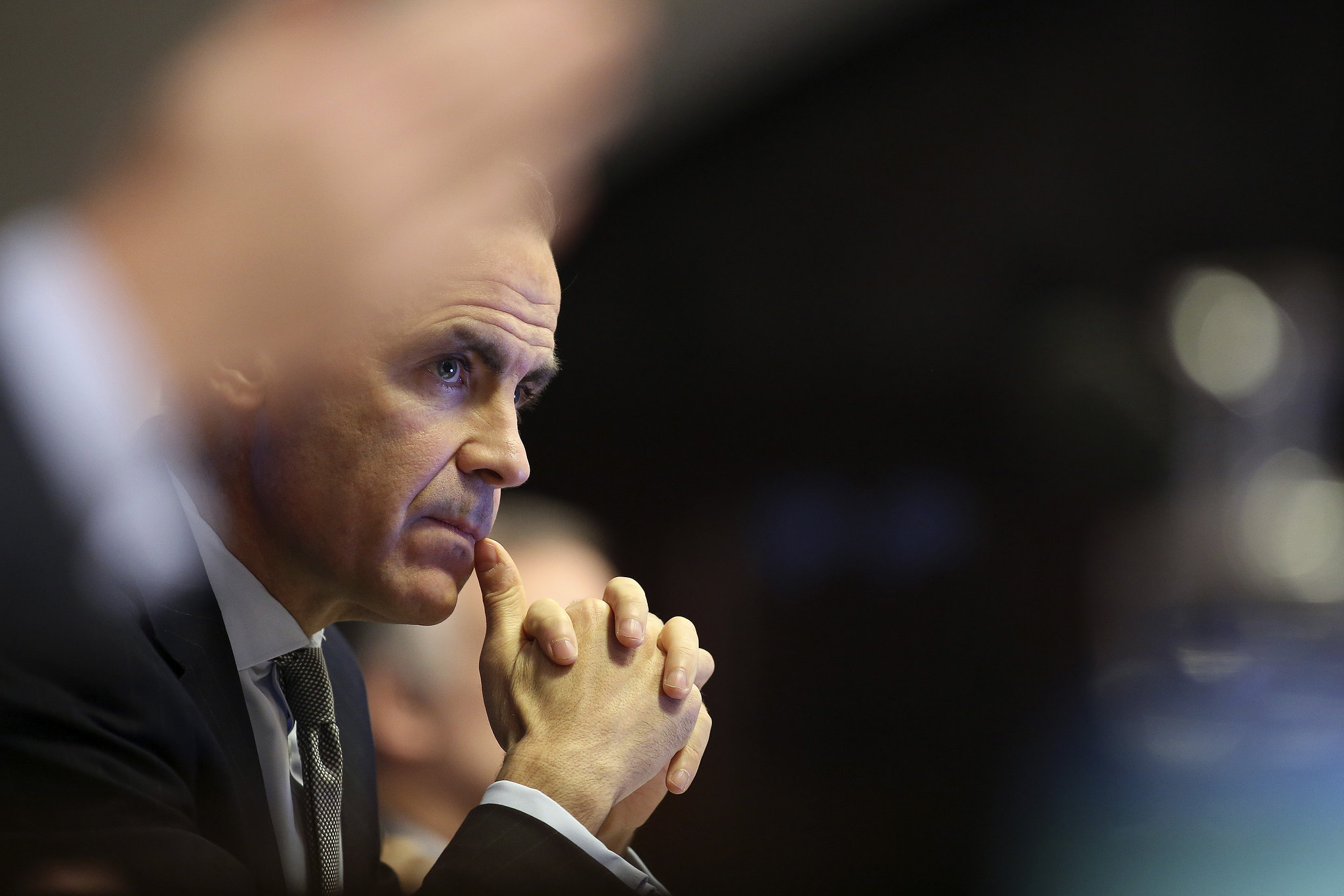The threat of U.S. tariffs has completely reshaped the Canadian election, shifting the central question from domestic affordability to who is best positioned to lead through economic uncertainty. With voters craving stability, a candidate's seriousness, calm under pressure, and conviction matter more than ever.

The recent Ontario election was the first in which Donald Trump and the threat of U.S. tariffs featured prominently. The governing Progressive Conservative Party strategically called a snap election arguing they needed a strong mandate to protect Ontario against the threat of tariffs. While the opposition tried to focus the election on the top social issues in the province – affordability and health care – the looming threat of U.S. tariffs and their impact on the Canadian economy registered with Ontario voters.
This brings us to the current federal race. After enjoying a significant lead in the polls for nearly two years, the Conservatives now face a newly energized Liberal Party under Mark Carney.
One key lesson from Ontario is that traditional campaign platforms no longer play the decisive role they once did. Of course, leader announcements still matter—where they are made, how they are delivered—but increasingly, it's about capturing the national mood. And this leads us to what has become the ballot question of this pivotal election.
The general rule of elections is that parties frame the ballot question around their strengths while contrasting themselves with their opponents. This election, however, is unique in modern Canadian history: external threats are driving the national conversation, and Canada’s position on the world stage has become central. Let’s be honest—tax cut announcements won’t determine the next Prime Minister. Canadians are worried about the future—their jobs, their mortgages, and the kind of country the next generation will inherit.
With the announcement of President Trump’s “reciprocal tariffs” the world finds itself in a new economic reality. The new tariffs targeting Canadian steel and aluminum have now been extended to include automobiles. In a dramatic escalation earlier this week, Trump has imposed a 25 per cent border tariff on nearly all Canadian imports, citing what he calls a national emergency linked to the cross-border flow of fentanyl. This measure is being positioned as a punitive response to what the U.S. administration claims is Canada's role in a worsening drug crisis. The short-term consequences are clear: a slowdown, job losses, and a renewed urgency to build more resilient domestic supply chains and to diversify trade agreements.
In response to Trump’s tariff threats, the outgoing Trudeau government quickly developed countermeasures. But it was Carney’s Liberals who began to shift the political landscape by highlighting his experience in crisis management and taking action to cancel the consumer carbon tax and shelving a proposed capital gains tax hike, both policies central to the Trudeau government. These moves immediately registered in the polls. Trudeau’s resignation and Carney’s new brand allowed the Liberals to erase the Conservatives’ long-standing lead—one that had seemed insurmountable just months earlier.
So what will define this year’s ballot question?
The threat of tariffs has set the stage for a repeat of the Ontario ballot question: Who is best positioned to defend Canada against Trump’s tariffs and lead through economic uncertainty? That message has been picked up by the Liberals and is reflected in their early campaign narrative and Carney’s first moves as Prime Minister, but will it stick?
The Conservatives, meanwhile, are pushing a message of change, arguing it’s time to “put Canada first, for a change.” Conservative leader Pierre Poilievre spent the first week unveiling affordability measures, but it remains to be seen whether those ideas will resonate in a campaign defined by economic fear and international pressure. While Conservatives offer a plan for dealing with Trump, they believe that the ballot question will be framed around bread and butter issues, which the polling suggests is top of mind for Canadians.
For the past two years, the conventional wisdom was that incumbency was a liability—governments were being blamed for inflation, rising interest rates, and a general sense of stagnation. That changed in the fall of 2024, when Donald Trump returned to the White House and began threatening Canada and other allies with punitive tariffs. Suddenly, Canadians seem to crave stability and certainty. Even in the province of Quebec we are seeing national issues rise in the minds of voters.
Trump’s disdain for Canada, mockingly calling Trudeau “the Governor of Canada” and talking about the 51st state only deepened public support for a Canadian government willing to stand its ground. Boycotts of American-made products and cancelled U.S. travel plans followed. Both Liberals and Conservatives, in turn, tapped into a renewed sense of Canadian nationalism offering their vision on how to best deal with Trump’s administration.
With Carney now at the helm, the Liberals surged in the polls and entered the campaign with a six-point lead over the Conservatives. By the end of week two The party leaders' debate will be crucial for a large number of undecided voters who want to hear concrete plans from political parties. Tone, now more than ever, is proving to be a critical differentiator.
The tone of a leader matters. Canadians understand the gravity of this moment. They are not just voting on policy—they are voting on who they trust to protect them through what could be a defining chapter in Canadian history. They want seriousness, calm under pressure, and conviction.
As Margaret Thatcher famously said:
“In politics, what you say matters. But how you say it often matters more.”
That sentiment rings truer than ever in this election.
NorthGuide is fully equipped to help you navigate the post-election landscape. Please reach out to find out how.